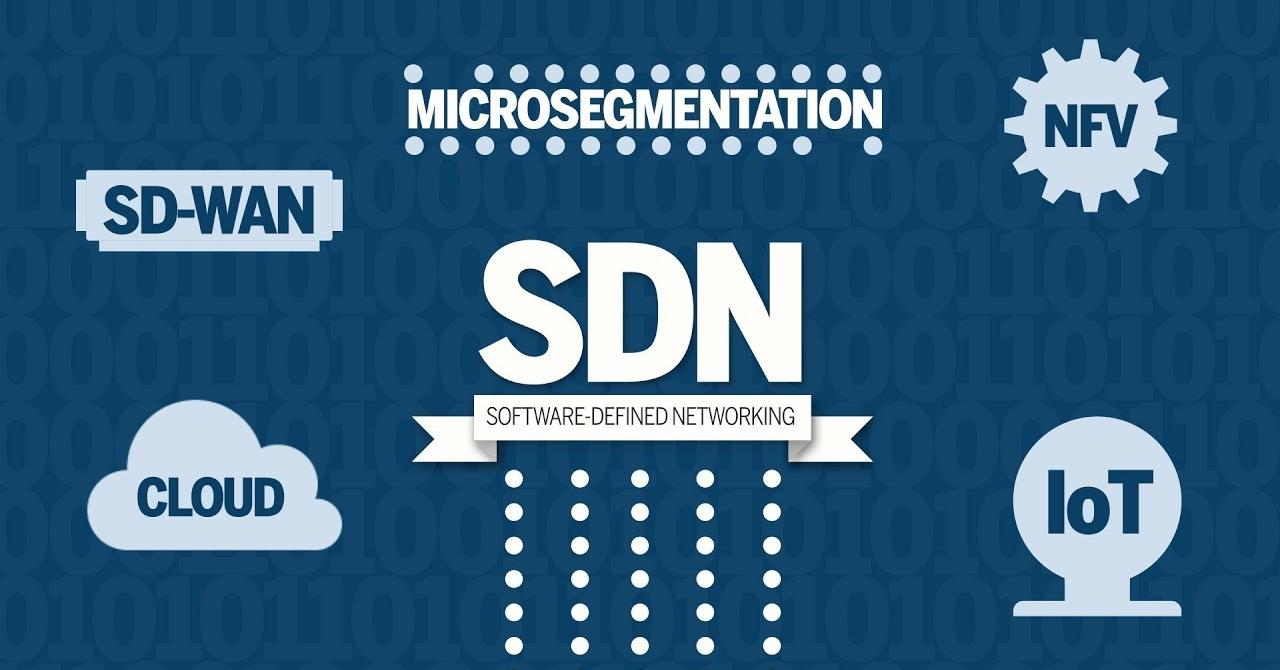Software-defined networking (SDN) has emerged as a revolutionary force in our fast expanding technological landscape, reshaping the very foundations of network architecture. This can be attributed to the fact that SDN uses software to design networks. Even while software-defined networking (SDN) is frequently linked to concepts such as automation, adaptability, and effectiveness, there is one facet of its influence that, in particular, merits a more in-depth investigation: its function in redefining network redundancy. In this piece, we will investigate how software-defined networking (SDN) delivers a more personalized experience to the realm of network redundancy, all while weaving in the importance of the Spanning Tree Protocol (STP).
The Challenge of Network Redundancy
Before we delve into the world of SDN, it’s essential to understand the challenge it aims to address: network redundancy. Network redundancy is about ensuring that a network remains operational even when parts of it fail. Traditionally, the Spanning Tree Protocol played a crucial role in maintaining network redundancy, preventing network loops and ensuring data integrity. STP has been the backbone of many networks, quietly working to prevent disaster and downtime.
However, it’s not without its limitations. STP can be slow to react to network changes, leading to delays and inefficiencies. With the growing demands of modern networks, especially in terms of agility and scalability, we’ve found ourselves in need of a more flexible and responsive solution.
SDN: A New Perspective on Redundancy
In comes SDN, which stands for software-defined networking. SDN provides a revolutionary method of managing and controlling network resources, which results in increased network redundancy’s versatility and effectiveness. This allows network managers to dynamically configure and manage network devices by decoupling the control plane from the data plane.
The essential beauty of software-defined networking (SDN) comes in its capacity to quickly adjust to changes in the underlying network. SDN controllers are able to rapidly reroute traffic around failing links, eliminating the need to wait for certain network paths to be blocked by a convergent protocol such as STP. Because of its real-time adaptability, the network will have less downtime and speedier recovery, hence becoming more user-friendly overall.
The Human Touch of Automation
Automation is a cornerstone of SDN, and it brings a human touch to network redundancy. In the past, network redundancy relied heavily on manual intervention, and human errors often played a significant role in network downtime. With SDN, network automation takes center stage. Redundancy configurations are dynamic and adaptable, freeing up IT professionals to focus on higher-level tasks. In this way, SDN not only enhances network redundancy but also elevates the human experience in managing networks.
Redundancy with a Purpose
In addition to the automation of network redundancy, software-defined networking (SDN) provides the capability to strategically assign resources. SDN ensures that the highest priority is given to the most important data and applications in the event of a disruption to the network by utilizing policies and programmable control of the network. In this way, software-defined networking (SDN) turns redundancy into a strategic asset by enabling businesses to adjust the redundancy of their networks to specific business requirements.
The Final Thoughts
Definable in Software Networking is more than just a technological improvement; it also signifies a change in the way we think about the redundancy of networks. SDN brings a humanitarian touch into the otherwise technical area of networking by virtue of its capacity to enable real-time adaptation, reduce downtime, and automate duplicated procedures. And as we readjust to a world in which networks have to be nimble, responsive, and safe, SDN holds up the promise of being a ray of light.
SDN has emerged as a versatile companion that compliments the efforts of the Spanning Tree Protocol, which has been the unheralded hero of network redundancy for years. Together, they are shaping a world of networking in which redundancy isn’t merely a fallback option; rather, it is a dynamic, deliberate, and efficient strategy that puts humans back in control.
